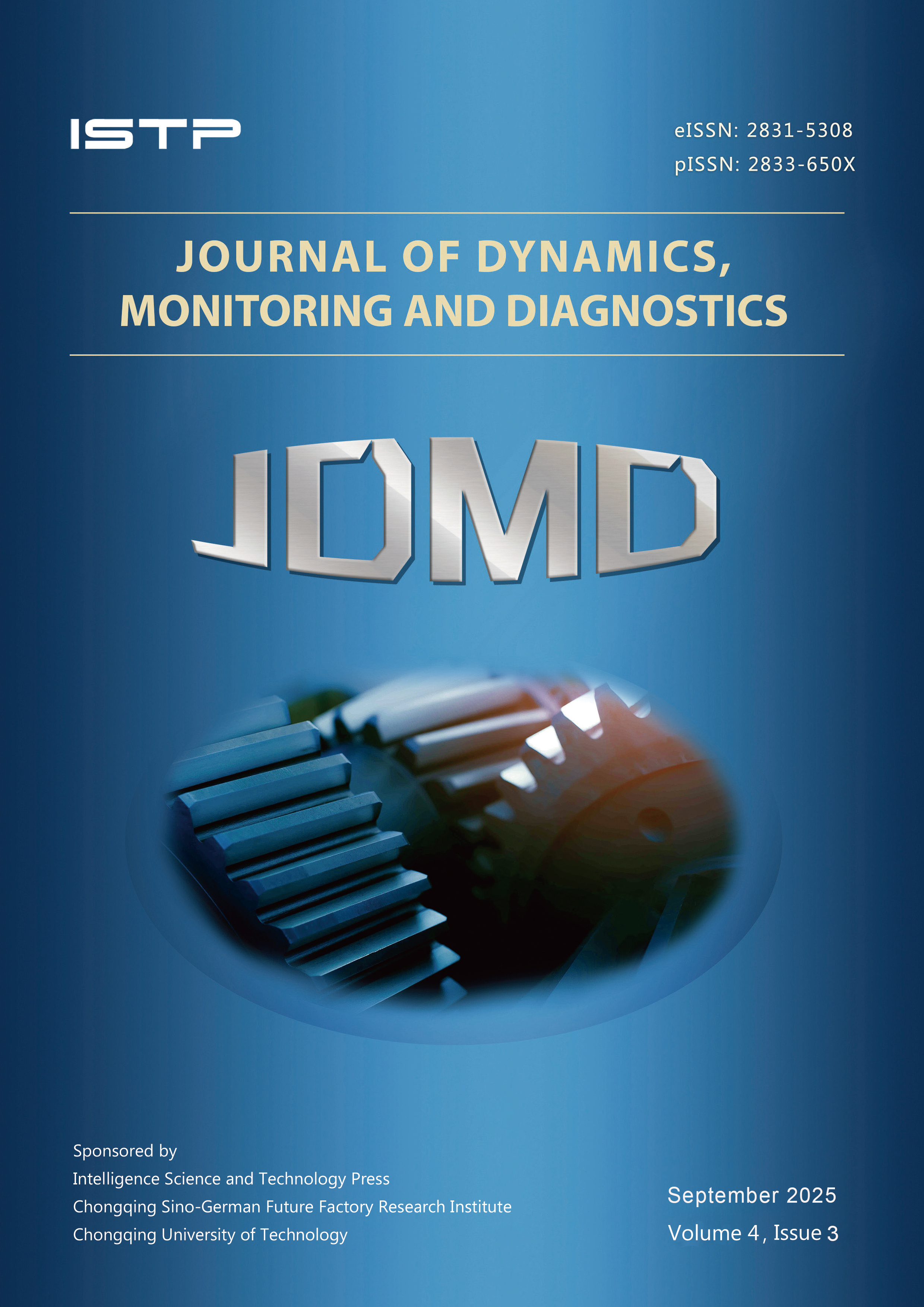Comparison of Different ANFIS Models for the Condition Monitoring of a Rack and Pinion Contact Using Methods of Explainable Artificial Intelligence
DOI:
https://doi.org/10.37965/jdmd.2025.787Abstract
This paper investigates the use of explainable artificial intelligence (XAI) and trustworthy artificial intelligence (TAI) methods for condition monitoring on a laser cutting machine. The focus is on the analysis of the rack and pinion contact with wear being predicted by four differently derived adaptive-network-based fuzzy inference system(s) (ANFIS) models. Using both model-agnostic and model-specific parameters integrated in a weighted evaluation framework, the models are evaluated with respect to the effectiveness of explanations. This frameworkisbasedontheobservation oftheoutputs oftheindividual layers of ANFIS, also focusing onaspects of two multivalued logics, namely fuzzy logic and support logic. The results show that the introduced weighted evaluation framework makes it possible to quantify theexplainability of the individual models in terms of XAI and TAI. Finally, a preselection of a model for predicting the wear of the rack and pinion contact can be made.
Conflict of Interest Statement
The authors declare no conflicts of interest.









